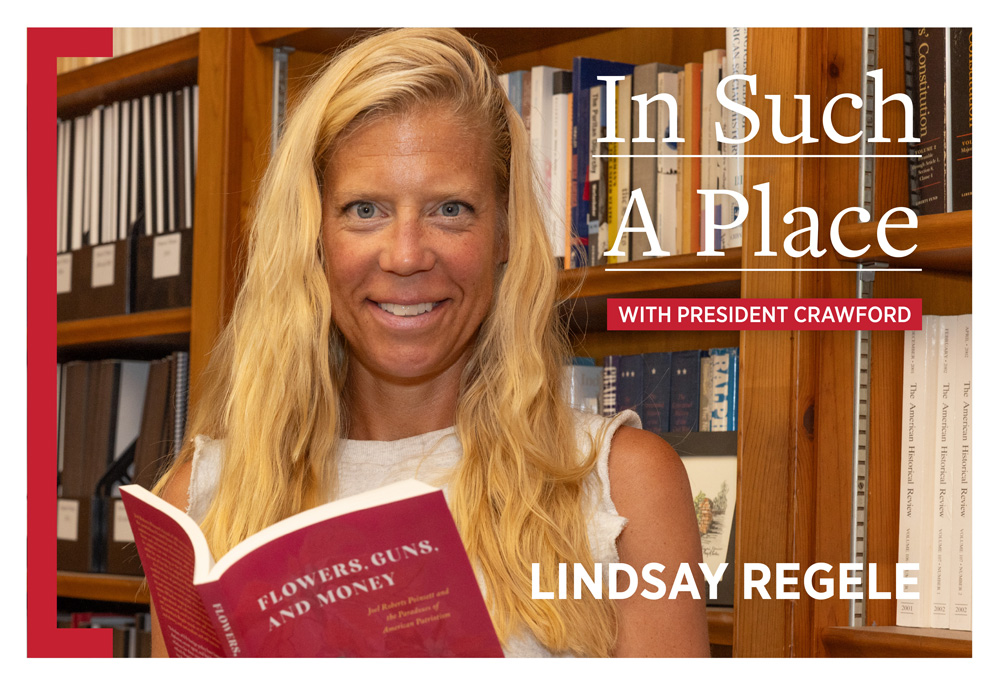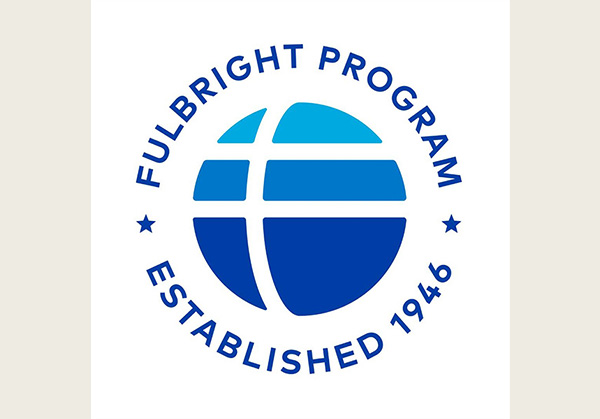

Department of History
The study of the past prepares students to be informed citizens in the world today. History Department faculty offer a wide range of undergraduate and graduate courses that prepare students to read intelligently, think critically, and write well.
Why Major in History?
Six alumni explain how the history major prepared them for careers in a wide range of fields.
Undergraduate Degree Programs
We offer undergraduate that not only foster integrative knowledge and critical thinking skills, but their application to real-world problems. While our primary focus is on undergraduate education, we offer a high-quality graduate experience for students interested in close collaboration with a faculty mentor.
History Major
History Minor
Historians record and analyze past and current events of human activity so that we can better understand the present and guide our future.
The history minor is an opportunity for you to satisfy an interest, strengthen your degree, and enhance your preparation for a career or further education.
Our Mission
The Department of History fulfills Miami University's mission of promoting liberal learning and liberal education through: the transmittal of a sense of the past to new generations, especially the multiple heritages of the peoples of the United States; introduction to and understanding of the diversity of peoples throughout the world; transformation of academically ambitious students into lifelong, independent learners, responsible, morally committed professionals, and thoughtful citizens; and presentation of new scholarly research in the classroom and in the wider world of the public to help frame local, national and global issues.
Upcoming Events
The history department accomplishes our mission in the following ways:
- Identification, preservation, and interpretation of historical documents, texts, artifacts, and places
- Evaluation of historical individuals, events, objects, issues, places, and themes
- Assessment of current historiographical trends in the field
- Assessment of current scholarship within the field
- Dissemination of historical knowledge and information through conference presentations, symposia, workshops, public lectures; through the publication of books, journal articles, chapter essays, edited volumes, primary sources materials, reference works, textbooks, translation, policy papers, reports, and other written texts, in either digital or traditional form; and through the production of documentary films, museum exhibitions, oral histories, websites, radio documentaries, podcasts, and other public programs
- Development and support of centers, institutes, organizations or other entities that seek to collect, preserve, interpret, present, and transmit and apply historical information, which includes expert consultation, program development, grant preparation and support, and administrative support
- Review of current scholarship in the field
- Review of current pedagogical trends in the field
- Development of classes that reflect the current knowledge within the field
- Creation of new courses that present emerging knowledge in the field
- Development of new teaching tools and strategies
- Review of current innovations in digital technology for teaching
- Preparation of internal and external grant proposals for course development and enhancement
- Preparation of course material including development of syllabi, articulation of learning objectives, development of assignments, development of grading rubrics
- Administration of courses including presentation of course material, grading of assignments, and supporting student learning inside and outside the classroom
- Assessment of course experience
- Review of current curricular trends in the field
- Assessment of individual course offerings
- Evaluation of course syllabi
- Peer review of individual courses
- Assessment of curriculum
- Development of, or contribution to, internal and external grants to support teaching and curriculum or program development
- Participation in pedagogical conferences or workshops
- Publication of books, articles, or gray papers addressing the pedagogy of history
- Participation in Faculty Learning Communities
- Development of study abroad opportunities
- Development of community learning partnerships
- Participation in the development of new academic programs or revision of academic programs
- Development and support of internship opportunities
- Dissemination of disciplinary and interdisciplinary knowledge to teachers, school groups, and other public organizations
- Development and administration of independent study opportunities at undergraduate and graduate level
- Undergraduate and graduate advising
- Assessment of undergraduate and graduate research and scholarship including service on honors thesis committees, service on graduate committees, service as faculty mentors for USS Program, service as faculty advisor for undergraduate theses and graduate theses and dissertations
- Service as faculty mentors
- General student advising
- Preparation of letters of recommendation
Give to the History Department
Help us prepare the next generation of leaders. We have numerous scholarships, grants, and programs accepting contributions from donors like you.






